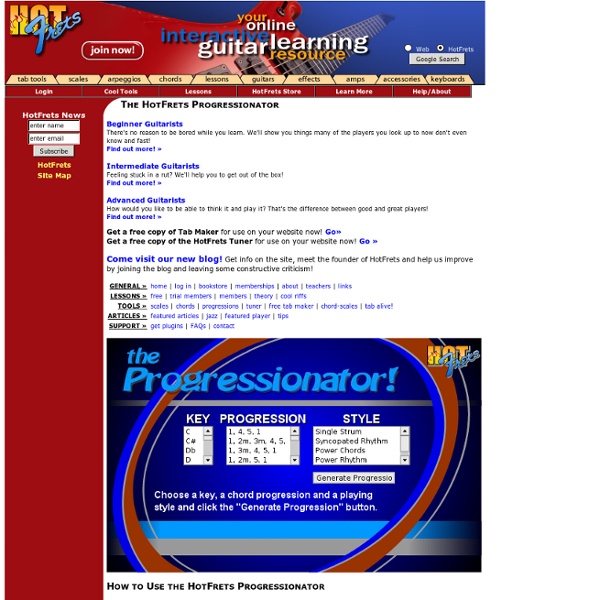



Alternate Guitar Tunings: Dropped D And Open G and D | Suite101.com The standard E A D G B E tuning of the six string guitar is one that evolved over time. There has been no alternative guitar tuning devised that provides such a broad and workable compromise between easy chording structures and viable single note scales. The key word is compromise. The very act of a tuning a guitar is a compromise. The sad fact is that a guitar can never be tuned so all chords in all keys will be perfectly in tune, no matter who made it or how much it cost. Standard tuning is not symmetrical. Dropped D Tuning Drop the bottom E string of your guitar down to a D. Open D Tuning Leave the E strings on your guitar in their dropped state and drop your B string down to A and your G string to F#. Open G Tuning Let's imagine we have our guitar with the Es dropped to D but other strings as in standard tuning. Nashville Tuning There are many more tunings to explore but this is enough to give you a taste of the wide world of alternate tunings.
Music machine piano + guitar + drum. Music typing keyboard Free flash music game Ear training | Online piano game | Online Drums | Music machine | Guitar machine | Note pair | Kids piano | Online piano | Live a comment about this music game | Download this online music game Let us introduce you this marvelous multifunctional piano + guitar + drum Music machine computer game. This is a funny, easy and effective music education software. It's completely free! This piano + guitar + drum music machine is a unique easy way to learn music suitable for grown-ups and children. Now let's see how to play music with this wonderful piano + guitar + drum music machine. You can change the play area by clicking and dragging markers under the music timeline. After you've finished playing, you can re-play, loop, or save your created melody. Ear training lessons and music online games. Name any tone by ear. Ìóçûêàëüíûå îíëàéí èãðû - ãèòàðà, ïèàíèíî, áàðàáàíû. òðåíèíãè ìóçûêàëüíîãî ñëóõà
Guitar Chords - Guitar Chord Charts Free Guitar Chords and Guitar Chord Charts Home > Tools > Guitar Chords and Guitar Chord Charts Welcome to the JamPlay chord library. Other Tools: Enter your email to get freebies, updates and some sweet offers from our company. All text, information, images, media, and design are copyright JamPlay, LLC 2007-2014 | 1905 Woods Dr Suite 101 Beavercreek OH 45432 | 1-877-999-4-JAM